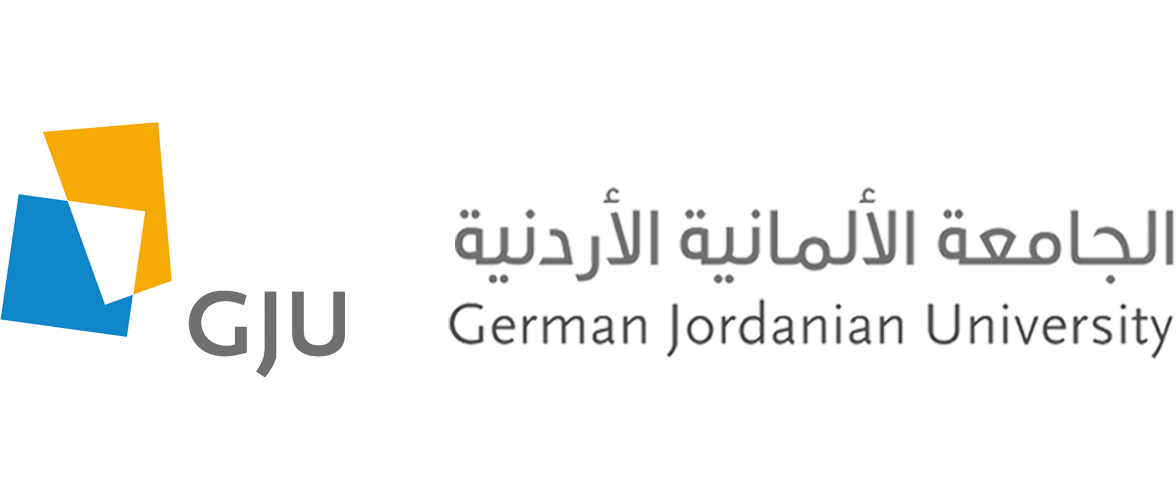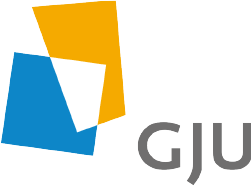Amman- 02 May 2017

Being low vision means that you have a significant visual loss which cannot be corrected with glasses or surgery. People with low vision can look perfectly normal during social interactions or when walking around, but will have difficulties recognizing faces or reading signs.
There are, worldwide, approximately 3 to 5 persons for low vision for each person who is blind. In Jordan only, it is estimated that 30 000 children and working age adults suffer from this condition. However, low vision is often overlooked by health care professionals simply because they lack the knowledge and skills necessary to estimate magnification needs. As a result, vision rehabilitation services are scarce in the Middle East as in several parts of the world.
In January this year, the GJU Vision Training Center launched an online course for rehabilitation professionals. The course, entitled Low Vision Rehabilitation, offers those who work with low vision the information they need to offer low vision services. The course includes 17 short videos and two textbooks made at the GJU thank to the support of the European commission through a Tempus project.
So far, 72 persons completed the Basic course on Low Vision Rehabilitation. Participants logged in from 40 different countries: a third are from the Arab world, more than fifty percent from Africa and countries in Europe and Asia, some as distant as Fiji and New Zealand. Three-quarter of the participants are 25 years old and above, so they are professionals motivated to improve their working skills.
A few days ago, on the 30th of April, the Intermediate course was launched. While the first course is free, the second one requires the participants to pay a small fee (35 JOD). This course is also more interactive than the first one: the participants need to be in contact with the GJU instructors through assignments and graded work, which require them to problem-solve.
If smart phones have completely changed the way people communicate, they are also changing the way people learn: half of the participants to the first online course on Low Vision Rehabilitation used mobile technologies (phones or tablets) to access the material while the other half used desktops. By making this training available online and at low cost, the GJU Vision Training Center helps improve the lives of hundreds of people with low vision all over the world.

